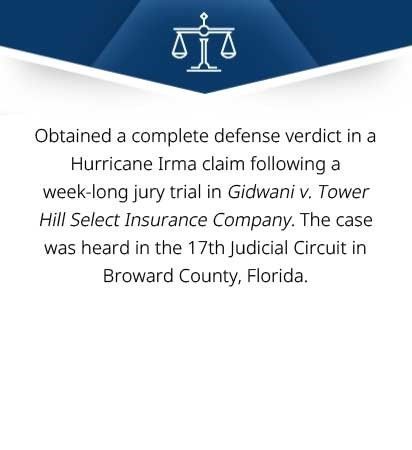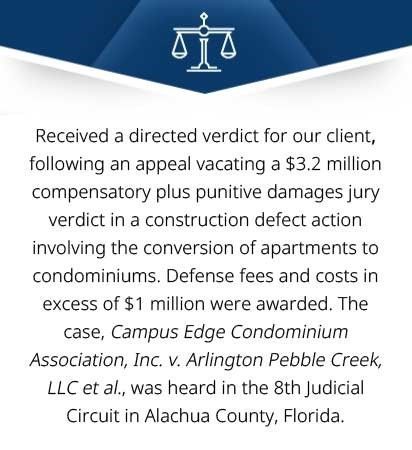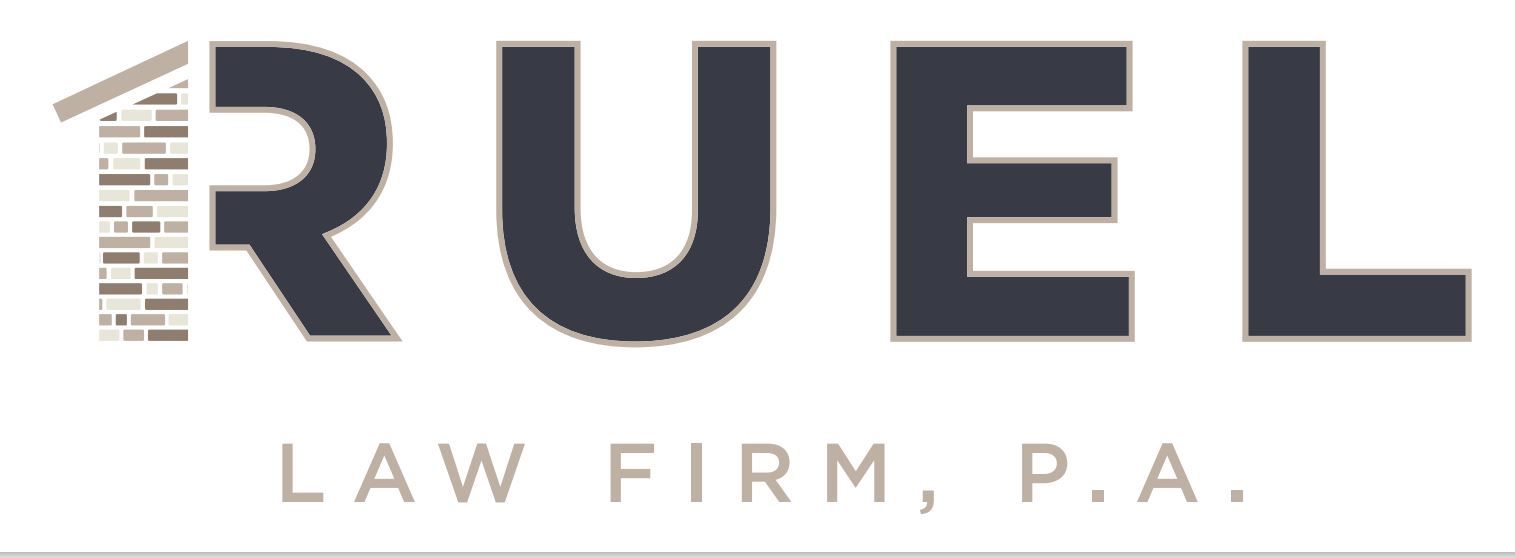
Lakeland Mechanical, Electrical & Plumbing Defects Lawyer (MEP)
Mechanical, electrical and plumbing systems, known by the shorthand MEP, are sometimes called the “central nervous system” of a structure, including homes as well as commercial office spaces and any type of building where people live or work. The “mechanical” part of MEP includes heating, ventilation, and air conditioning (HVAC) systems, so MEP includes all the essential elements required to make a building not just comfortable but functional and habitable as well. By the same token, MEP defects range from making a building uncomfortable to dysfunctional or uninhabitable. If your home or commercial space contains MEP defects, you are not getting what you paid for. The Ruel Law Firm can help you remedy the situation by holding the proper parties responsible to fix the problem and compensate you for your damages. For help with MEP defects in Central Florida from Tampa to Orlando, contact our experienced Lakeland construction defect lawyer today.
How MEP Defects Happen
MEP engineering is a complex task properly performed by skilled and knowledgeable design professionals. Planning out adequate and appropriate MEP systems for a building, from a single-family home to a warehouse, condominium, or shopping center, is both an art and a science that requires a great deal of planning and review to get it right.
One of the first places things can go wrong is if the plans for the MEP systems are drawn up incorrectly due to negligence or incompetence. Following MEP design plans to the letter won’t prevent defects if the plans themselves aren’t right in the first place.
Assuming the MEP engineers did their job right, MEP defects can still occur when contractors and subcontractors deviate from those plans and specifications. Building contractors shouldn’t cut corners to save time or money by deviating from plans and specs without first reviewing the change with a design professional or otherwise making sure their change won’t create a defect.
Using the wrong materials or the wrong type of construction can create moisture buildup in the completed structure and eventual rotting of critical structural components, as well as creating fire hazards and health hazards. For the most part, MEP systems are hidden behind the walls, under the floors or in the ceiling. MEP defects, therefore, are most often latent (hidden) defects rather than patent (obvious) defects. This is important because the deadline to bring construction defect claims in Florida is four years from the completion of the project. However, when the defect is latent and not patent, the deadline is extended to four years from project completion or when the defect was discovered or should have been discovered, within ten years of the last event. This exception to the law gives extra protection to homeowners who suffer from a latent MEP defect but don’t realize it until many years have passed since the home was built.
Common MEP Defects
MEP defects are serious and can cause devastating damage to a structure, including water intrusion, flooding, fire, and respiratory health issues. Below are some of the most common types of MEP defects found in Florida construction:
Mechanical Defects
- Defective duct installation, such as kinks in the ductwork or disconnected ducts.
- Defective installation of condensate drain piping.
- Inadequate clearance around outdoor condenser units.
- Mis-leveled condensers.
- Wrong refrigeration tubing for outdoor condenser.
- Kinked flexible dryer vents, creating a fire hazard.
Electrical Defects
- Gaps in the drywall around sub panel enclosure and electrical device boxes.
- Improper installation of boxes in rated walls.
- Cables and conduits are improperly supported or unprotected.
- Improperly sealed light fixtures exposed to the exterior of the structure.
- Recessed light fixture sockets are over-sprayed with paint or drywall texture.
- Live wires are not taped, uncapped or left loose.
- Wires are overloaded by too many outlets.
- Ungrounded sockets.
- Negligently installed boxes.
- Wrong wires used.
Plumbing Defects
- Leaking pipes.
- Over-fluxed copper water piping at soldered joints.
- Copper water piping installed without reaming the tubing ends.
- Water heater installed without a drain pan.
- Wrong valves used for water supply shut-offs, causing dezincing.
- Uninsulated PVC flue vents in high-efficiency water heaters.
- Uninsulated hot water supply and return piping.
- Inaccessible drains and valves behind stacked washer/dryer combinations
- Use of improperly fire-rated water heater flue vents
Contact the Ruel Law Firm Today
If you are experiencing trouble with the heating, air conditioning, plumbing or electrical systems in your Central Florida home, or if you suffered major damage from fire, flooding, mold or water intrusion, the Ruel Law Firm can help you with your property damage insurance claim or litigation against the party responsible for creating the problem. Call our experienced Lakeland construction defect lawyer today.


Recent Results

Slide title
Write your caption hereButton
Slide title
Write your caption hereButton
Slide title
Write your caption hereButton
Slide title
Write your caption hereButton
Slide title
Write your caption hereButton
Ruel Law Firm. All rights reserved.

